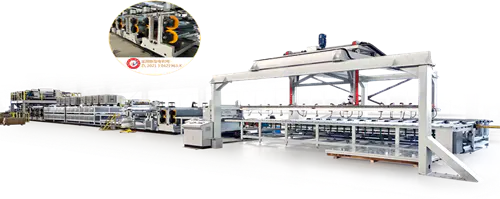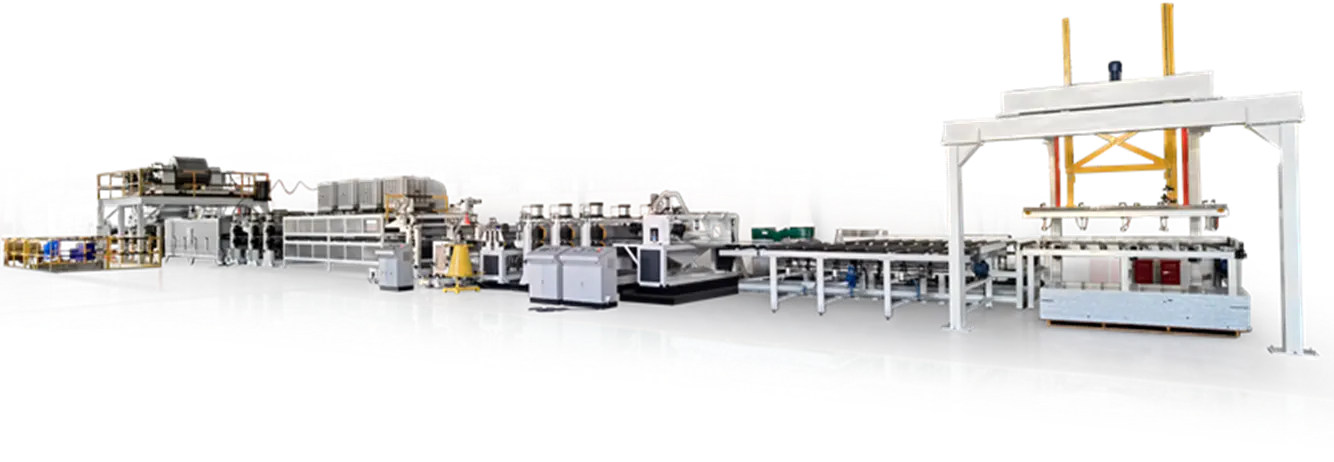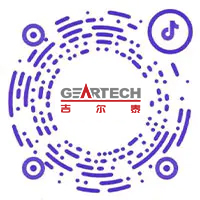The types of production lines are divided into product production lines and parts production lines according to the scope, divided into flow production lines and non-flow production lines according to the pace, and automatic production lines and non-automatic production lines according to the degree of automation. The main product of the production line or the process route and the labor ratio of most products determine that a production line has the necessary machinery and equipment to complete the processing tasks of certain products, the arrangement of the machinery and equipment, and the layout of the work place. The production line has greater flexibility and can meet the needs of multi-variety production; under the condition that the production line cannot be used, the production line is a relatively advanced production organization form; when the product varieties and specifications are more complex and the number of parts is large, In enterprises with limited output of each product and insufficient machinery and equipment, the use of production lines can achieve good economic benefits. The "cycle time" of a process is the time between successive completions of the same two products (or two services, or two batches of products). In other words, the average time it takes to complete a product. The takt is usually just used to define the unit output time of a specific process or link in a process. If the product must be made in batches, the cadence refers to the time interval between two batches of products. In process design, if the required output of a process per day (or other unit time period) is predetermined, the first thing to consider is the rhythm of the process.
Usually the slowest part of the production cycle in a process is called the "bottleneck". The bottleneck in the process not only limits the output speed of a process, but also affects the production capacity of other links. More broadly speaking, the so-called bottleneck refers to the various factors that restrict the output in the whole process. For example, in some cases, there may be insufficient manpower to be utilized, raw materials cannot be delivered in time, equipment failure in a certain link, blockage of information flow, etc., may all become bottlenecks. Just as the literal meaning of "bottleneck", the size of the mouth of a bottle determines the speed at which the liquid flows out of it, and the bottleneck in the production operation process restricts the output speed of the entire process. Bottlenecks can also "drift," depending on the product produced or the manpower and equipment used in a particular time period. Therefore, enough attention should be paid to the process design and the daily production operation in the future.
Another concept associated with beats and bottlenecks is "idle time" in a process. Idle time refers to the time during working hours when no valid work tasks are performed, which can refer to equipment or human time. When the rhythm of each process in a process is inconsistent, other processes other than the bottleneck process will generate idle time. This requires balancing the production process. Most of the production lines in the manufacturing industry are multi-process streamlined continuous operation production lines after subdivision. At this time, due to the division of work, the difficulty of the work is simplified, the work proficiency is easily improved, and the work efficiency is improved. However, after such job subdivision, the operation time of each process cannot be the same in theory and reality, which inevitably leads to the phenomenon of bottlenecks caused by inconsistent rhythms between processes. In addition to the unnecessary loss of man-hours, it also causes a large number of processes to accumulate, that is, the occurrence of stagnant products. cessation of production. In order to solve the above problems, it is necessary to average the operation time of each process, and at the same time standardize the operation, so that the production line can move smoothly. "Production line process balance" is to average all the production processes, and adjust the work load to make each work time as close as possible. It is the most important issue that must be considered in production process design and operation standardization. The purpose of production line process balance is to make it easier to understand the necessity of "one flow" and the preparation method of "cell production" by balancing the production line using site, which is the basis of all new theories and new methods.
Geartech Company has long been committed to the research and development, manufacturing and sales of hot-dip galvanized steel production line, color-coated steel plate production line, color-coated aluminum plate production line and aluminum-plastic composite board production line. After years of practical experience and the requirements of customers around the world, it has developed into a professional equipment supplier in the industry. Because of its professionalism, Geartech products are well received by the same industry and users. Geartech is convinced that only professional people do professional things with professional hearts, can we maintain long-term and good common interests of you and me.


 中文简体
中文简体 English
English Português
Português русский
русский Español
Español عربى
عربى









